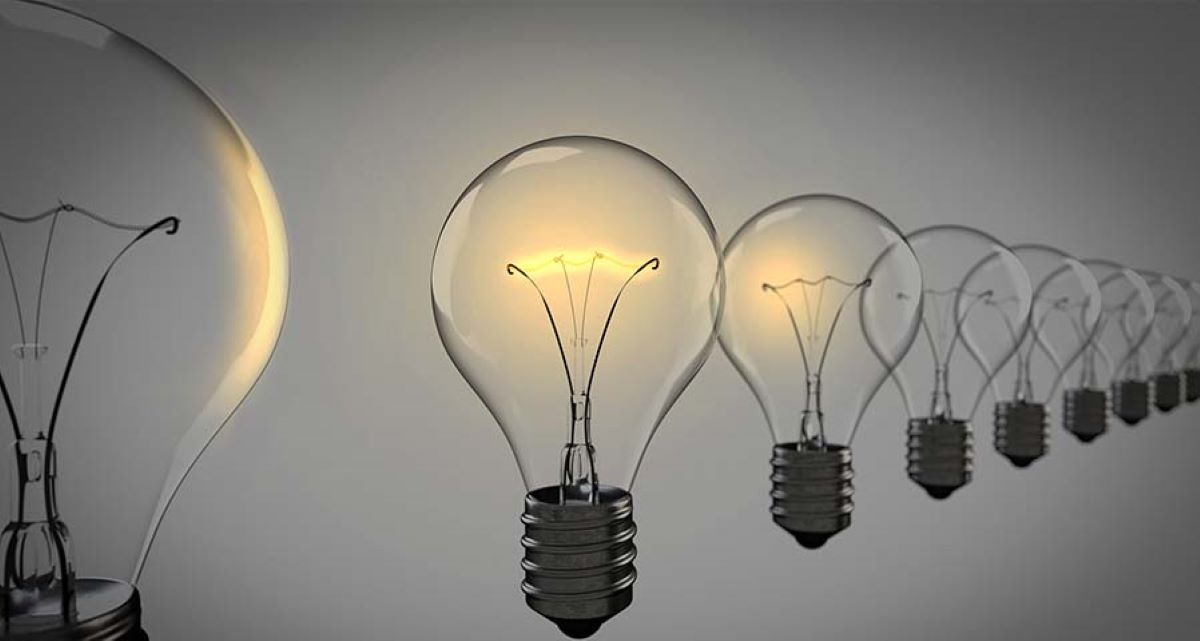The federal government’s ban on incandescent light bulbs officially took effect on Tuesday, marking the culmination of a regulatory effort that began over 15 years ago with the goal of promoting energy efficiency.
The initial regulation to prohibit incandescent light bulbs was introduced in 2007, following the passage of the Energy Independence and Security Act during the Bush administration.
Although the ban was originally set to take effect in 2012, its implementation was delayed, expanded under the Obama administration, and subsequently reversed by the Trump administration.
In April 2022, the Biden administration moved forward with a new Department of Energy (DOE) rule, enforcing the ban on incandescent light bulbs starting August 1, 2023.
The rule mandates that light bulbs must produce at least 45 lumens per watt—a measure of brightness—and prohibits the manufacture and sale of bulbs that do not meet this standard. However, the rule does not restrict the use of non-conforming bulbs that consumers may already own.
The rule effectively eliminates most incandescent light bulbs from the market, as they typically emit only about 15 lumens per watt, according to Philips, a major light bulb manufacturer.
Nonetheless, there are exceptions allowing the continued production and sale of incandescent bulbs used in specific applications, such as household appliances or specialized lamps for purposes like bug control, plant growth, or marine signaling.
A DOE enforcement memo, released shortly after the rule’s announcement last year, indicated that the agency would impose civil penalties on manufacturers and private labelers who knowingly violate the ban, although the specifics of these penalties remain unclear.
“The lighting industry is already embracing more energy-efficient products, and this measure will accelerate progress to deliver the best products to American consumers and build a better and brighter future,” said Energy Secretary Jennifer Granholm last year.
The DOE, in its announcement of the regulation, projected that American consumers would save nearly $3 billion annually on utility bills due to the rule.

Additionally, it estimated that the ban would reduce carbon emissions by 222 million metric tons over the next 30 years, equivalent to the emissions produced by 28 million homes in a year.
However, a coalition of free-market and consumer advocacy groups opposed the Biden administration’s rule.
In a comment letter to the DOE, they argued that “further regulatory interference in the marketplace is unwarranted given that more energy-efficient lighting choices, namely light-emitting diode bulbs, are already available for consumers who prefer them over incandescent bulbs.”
The coalition also criticized the estimated climate benefits of the regulations as “speculative, assumption-driven, and prone to bias in the hands of agencies with a regulatory agenda.”
The ban on incandescent bulbs is likely to accelerate the adoption of light-emitting diode (LED) bulbs, which are more energy-efficient and have gained popularity as the regulatory status of incandescent bulbs has remained uncertain.
According to the DOE’s latest Residential Energy Consumption Survey (RECS), nearly half of all U.S. households used LED bulbs for most or all of their indoor lighting by 2020.
This marks a significant increase from 2015 when only 4% of households used LEDs predominantly.
During the same period, the share of incandescent or halogen bulbs declined from 31% to 15%, and the use of compact fluorescent (CFL) bulbs dropped from 32% to 12%.
The percentage of households reporting no predominant bulb type also fell from 33% to 26%.
The incandescent bulb ban is not the only measure the Biden administration is planning concerning light bulbs and energy efficiency.
In December 2022, the administration and DOE announced a new rule to double the minimum light bulb efficiency to over 120 lumens per watt for commonly used bulbs.
This regulation, expected to take effect by the end of 2024, would effectively ban compact fluorescent (CFL) bulbs as well.






Leave a Reply